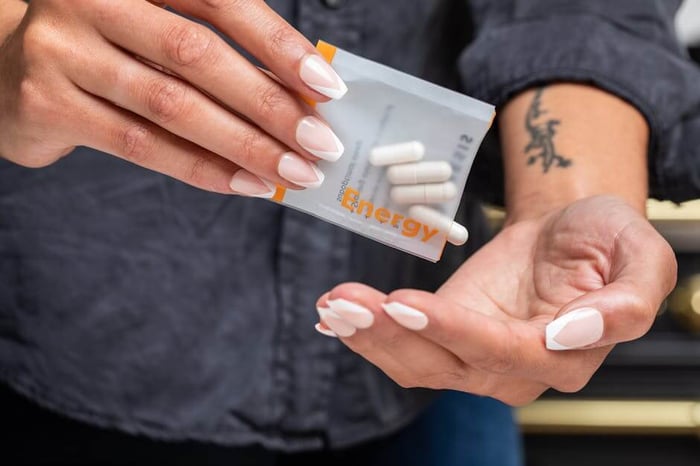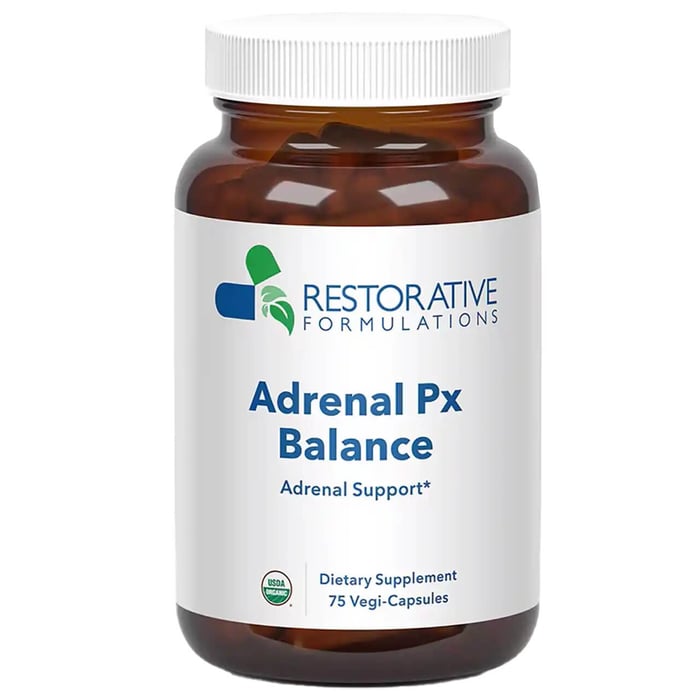What Is BPC-157? Understanding Its Potential Benefits and How It Works in the Body
What Is BPC-157? Understanding Its Potential Benefits and How It Works in the Body
What Is BPC-157?
BPC-157 is a synthetic peptide that is currently being studied for its potential biological activity. While some researchers have explored its effects in preclinical models, its safety and efficacy in humans have not been fully established. Additionally, regulatory bodies such as the World Anti-Doping Agency (WADA) prohibit its use in professional sports. More scientific research is needed to understand its potential applications.
BPC-157: An Overview
BPC-157 (Body Protective Compound - 157) is a synthetic peptide consisting of 15 amino acids. It is not naturally produced in the human body and is primarily investigated in research settings.
Preliminary studies have explored BPC-157’s potential biological interactions, but there is no conclusive evidence supporting its effectiveness for any specific health condition. Further clinical research is necessary to determine its role in human health.
Areas of Scientific Interest for BPC-157
Some preclinical studies have investigated BPC-157’s interactions with biological pathways. However, there is no FDA-approved use for BPC-157, and its effects in humans remain unverified.
How Is BPC-157 Being Studied?
Research models have examined various potential mechanisms of BPC-157, though none have been validated in human clinical trials. Studies have explored its impact on:
- Cellular responses associated with tissue repair
- Biological pathways involved in inflammatory responses
- Muscle recovery and endurance in preclinical settings
- Gastrointestinal tissue interactions in animal models
While these areas are being explored, it is important to note that BPC-157 is not approved for medical use and should not be considered a treatment for any condition.
Regulatory Considerations and Professional Sports
Due to the need for further research, BPC-157 is prohibited in professional sports by the World Anti-Doping Agency (WADA). It remains under regulatory review, and its use is not permitted in professional athletic competitions.
Reported Observations and Safety Considerations
As BPC-157 has not been evaluated in large-scale human trials, its safety profile is not well-defined. Some individuals have reported:
- Nausea
- Digestive discomfort
- Dizziness
However, these reports are anecdotal, and controlled human studies are necessary to assess potential risks and side effects.
Why Has BPC-157 Gained Attention?
Interest in BPC-157 has grown due to ongoing discussions in the research community and public curiosity about its possible biological activity. However, regulatory agencies, including the FDA, emphasize the need for further scientific evaluation before determining its safety and efficacy.
Key Takeaways
- BPC-157 is a synthetic peptide currently being studied in preclinical research.
- Primary uses in clinical practice involve soft tissue support, musculoskeletal optimization, and gastrointestinal function.
- Some preclinical studies suggest potential interactions with biological pathways, but further research is required.
- BPC-157 is prohibited in professional sports by WADA.
These statements have not been evaluated by the Food and Drug Administration. This product is not intended to diagnose, treat, cure, or prevent any disease.




